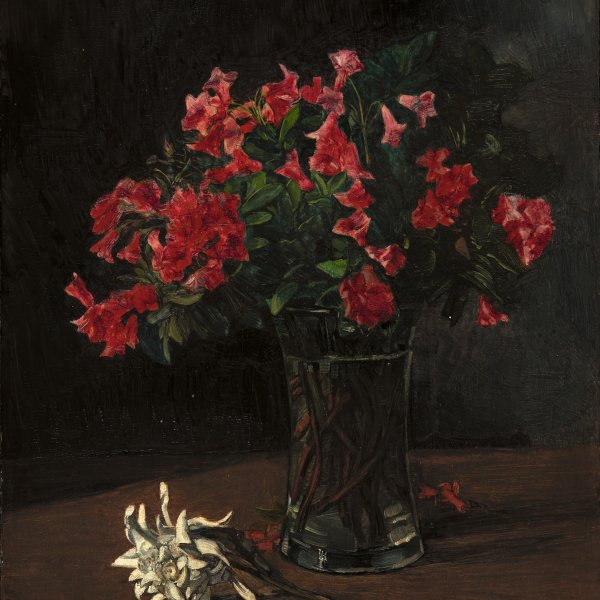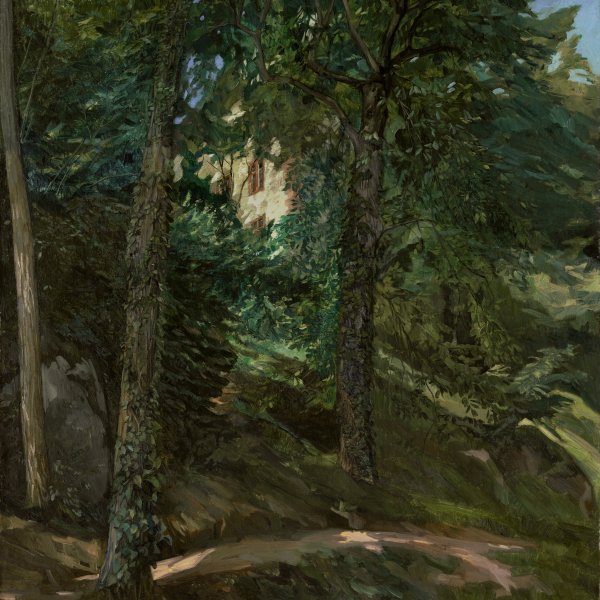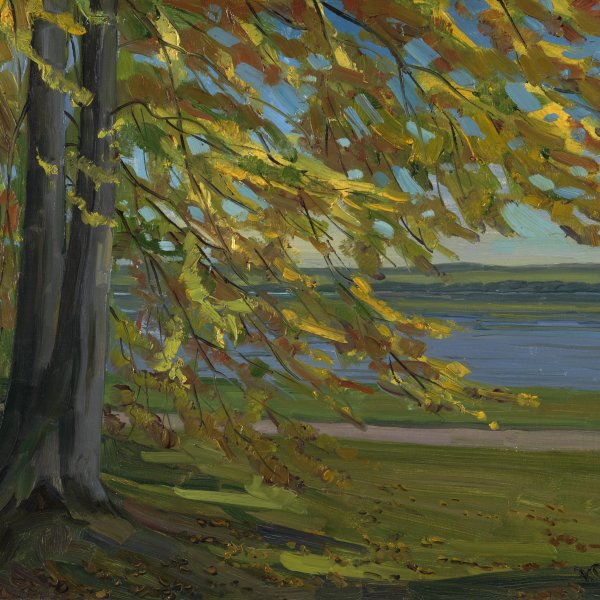Wilhelm Trübner
The son of a German jeweller and goldsmith, the painter Wilhelm Trübner began studying painting at the Kuntschule in Karlsruhe in 1867. Two years later he moved to Munich, where he visited the Akademie der Bildenden Künste. After studying for a brief spell in Stuttgart, he returned to Munich, where in 1871 he made the acquaintance of Wilhelm Leibl, a Naturalist painter who had met Gustave Courbet and Édouard Manet, among others, during his stay in Paris. Encouraged by Leibl, he dropped out of the academy together with his colleagues Carl Schuch and Albert Lang, with whom he went to paint in the Lake Starnberg area. With their new master they had the chance to become acquainted with the new painting trends of their French contemporaries and espoused pure painting in which priority was given to formal qualities. The years he belonged to the Leibl-Kreis (Leibl Circle) are regarded as the artistic peak in Trübner’s career, although his interest in formal questions during this period distanced him from critics and public.
During the following years Trübner lived in Munich, made numerous trips to other European capitals and spent a period in London, from 1884 to 1885. His painting came close to Impressionism and at the beginning of the 1890s he met Lovis Corinth and Max Liebermann. He was involved in establishing the Munich Secession in 1892, but soon left and founded the Freie Vereinigung the following year. In 1896 he was appointed director of the Städelsches Kunstinstitut in Frankfurt and shortly afterwards founded a private art school.
He became director of the Kunstschule of Karlsruhe in 1904. He died in the city in 1917, before he could take up his new post as professor of the Berlin Akademie der Künste.







